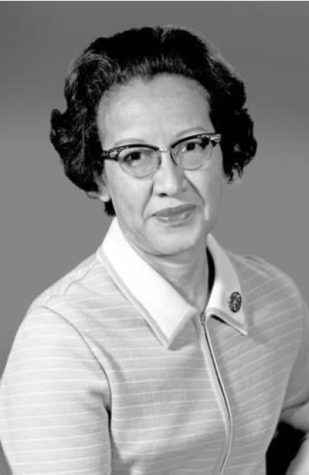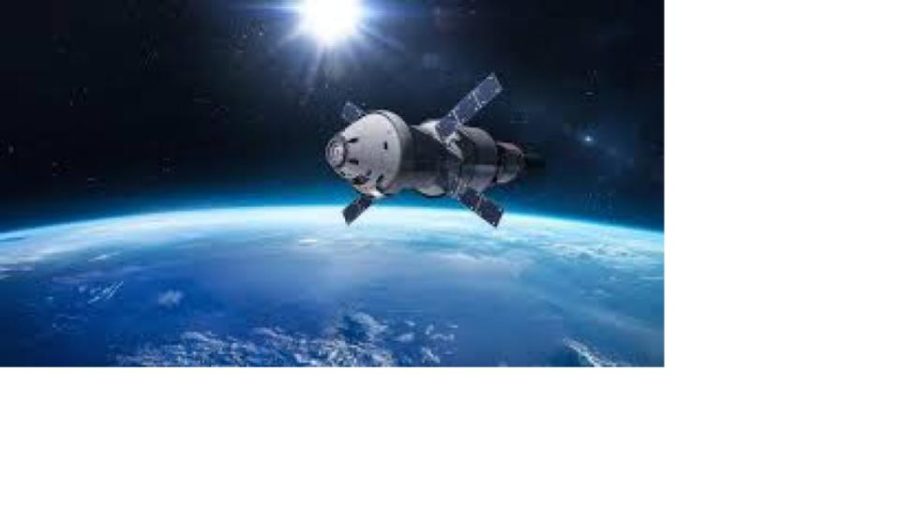Katherine Johnson: Contributions to space exploration through math
March 3, 2023
 Photo via: NASA
Photo via: NASA
Katherine Johnson was a mathematician for NASA who contributed to some of America’s most important space missions. Between trajectory analysis for the Freedom 7 mission in 1961 and the 1962 orbital mission of John Glenn, her work was crucial to getting space travel to where it is today. Since she was a black female mathematician in the 1960s, her work often gets overlooked and isn’t given the recognition it deserves.
Johnson’s life began in 1918 when she was born in White Sulphur Springs, West Virginia. Due to her intelligence and skill with numbers, she was able to skip several grades in school. Johnson attended high school at age 10 on the West Virginia State College campus, where she eventually enrolled as a college student. She graduated in 1937 after excelling in all of the math courses, with degrees in mathematics and French. She began teaching at a Black public school in Virginia until West Virginia State College’s president selected her and two other students to integrate the graduate schools in West Virginia. She then began doing graduate work at West Virginia University before leaving to start a family with her husband, who she eventually had three children with.
She started teaching again until she found out about open positions at the National Advisory Committee for Aeronautics’ (NACA’s) Langley laboratory, where she started working in 1953. According to NASA, “she spent the next four years analyzing data from flight tests and worked on the investigation of a plane crash caused by wake turbulence.” The data she collected was crucial to investigating space travel and calculating the trajectory of flights. After wrapping up that work, the NACA became the National Aeronautics and Space Agency (NASA) and she was transferred to the Spacecraft Controls branch as an aerospace technologist.
Johnson coauthored an important report that recorded the equations that describe an orbital space flight’s landing positions in 1960, making her the first woman to ever be credited as a research report author. In 1961, she provided trajectory analysis for Alan Shepard’s Freedom 7 mission, the first human spaceflight from America. In 1962, Johnson’s most famous work took place when she calculated the trajectory of John Glenn’s Friendship 7 orbital flight. She then helped calculate the trajectory of the Apollo 11 mission which got the first humans to the moon in 1969. Johnson also worked in the Space Shuttle and Earth Resource Satellite programs before retiring in 1986. She authored and coauthored a total of 26 reports in her time at NASA.
In her 33 years at NASA, Johnson contributed a lot to the advancement of space exploration. According to the Computer History Museum, “ Katherine Johnson is often seen as one of the most significant figures to represent women in science and technology and was one of the women profiled in the book Hidden Figures by Margot Lee Shetterly.” Her impact on the STEM community paved the way for others to follow in her footsteps. In 2015, she was presented with the Presidential Medal of Freedom by Barack Obama, which is the highest honor an American civilian can receive. She passed away on February 24, 2020, at the age of 101. Due largely to the book and film Hidden Figures, Johnson’s story has finally gotten the recognition it deserves after it was repeatedly buried away and ignored by society. Her important story and contributions need to continue to be shared and taught in schools so people everywhere can recognize this exceptional person in history.

